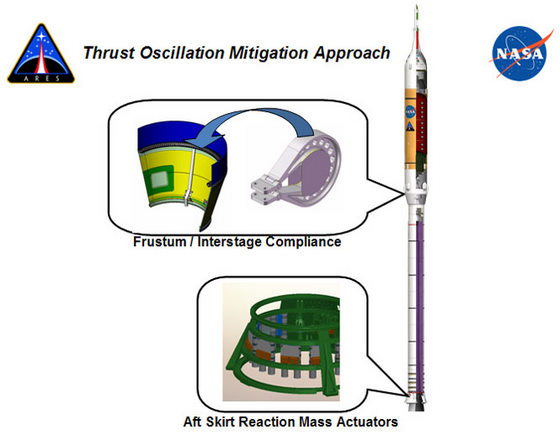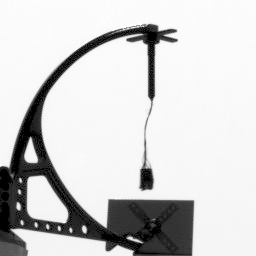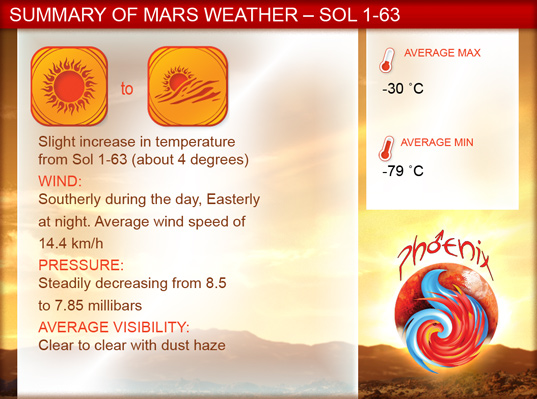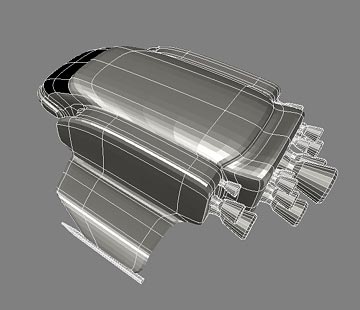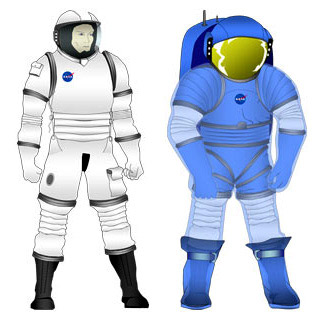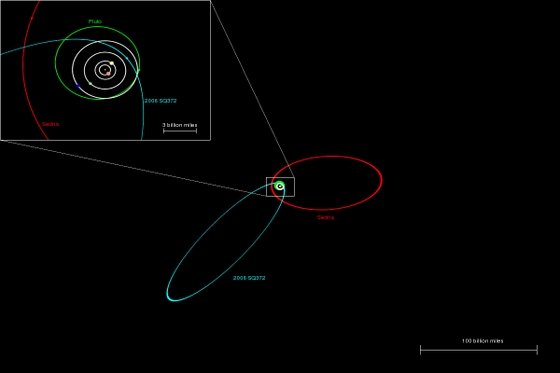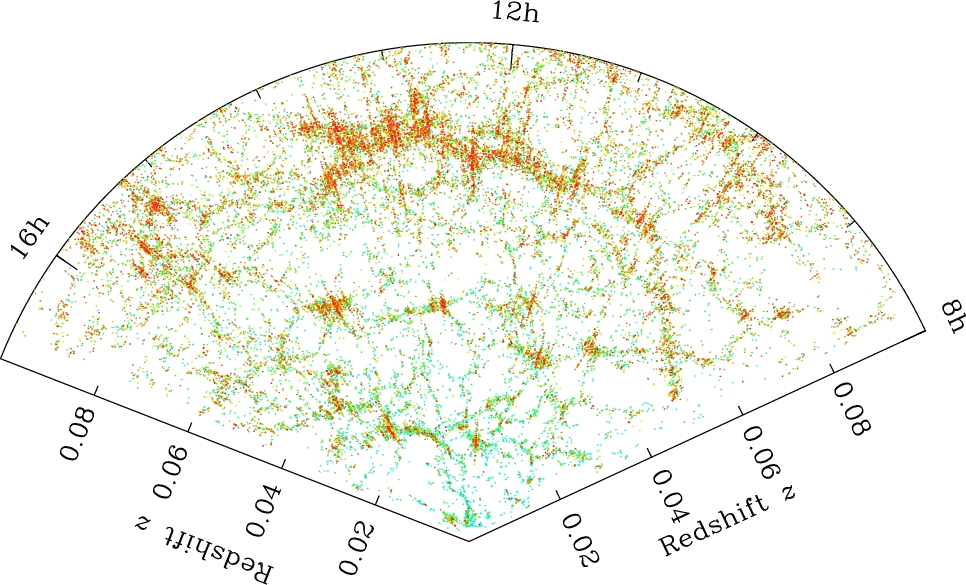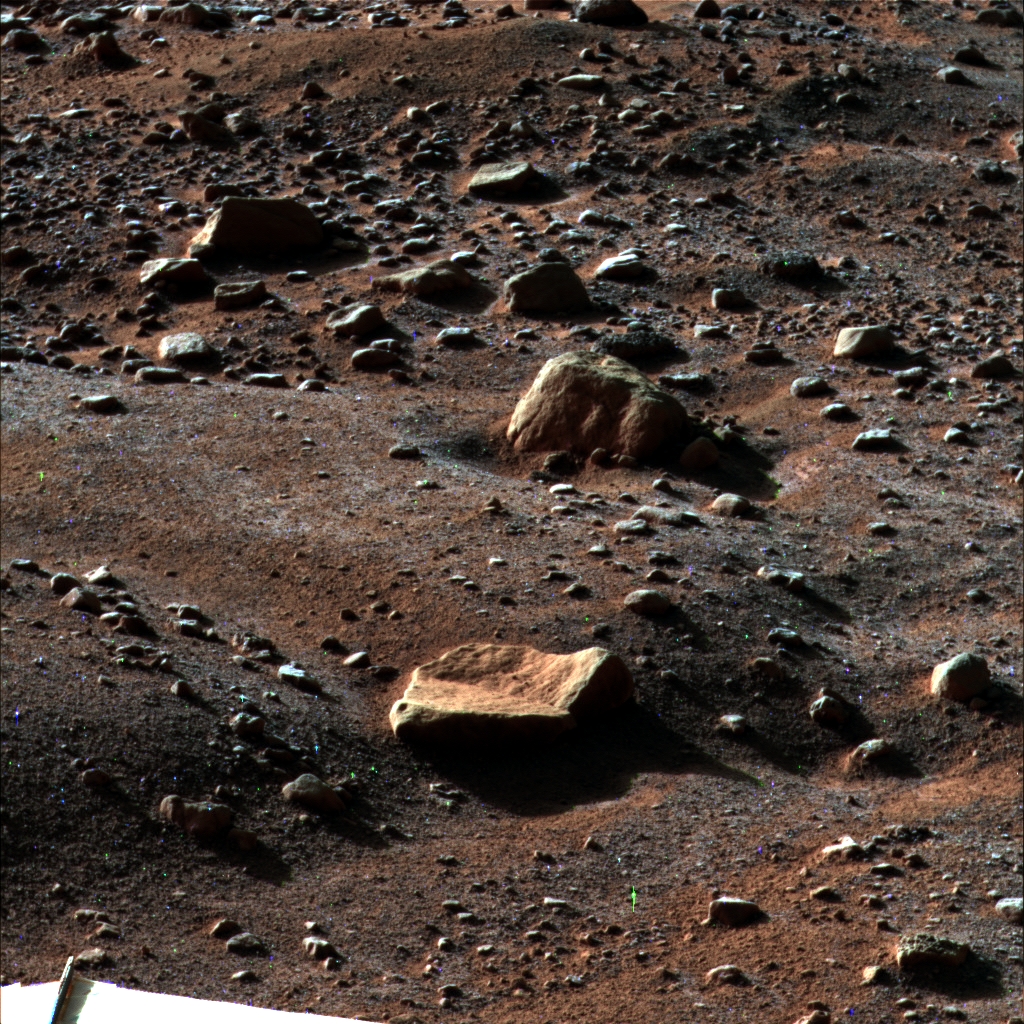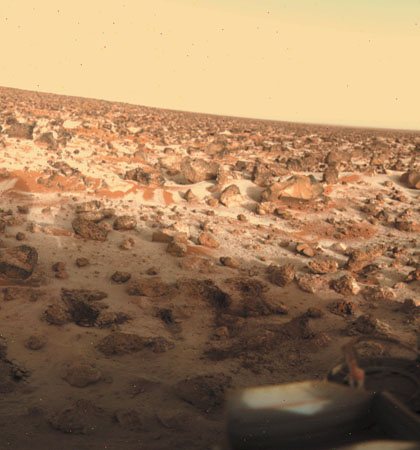[/caption]
Astronomers announced today that a new “minor planet” with an unusual orbit has been found just two billion miles from Earth, closer than Neptune. Using the Sloan Digital Sky Survey, astronomers detected a small, comet-like object called 2006 SQ372, which is likely made of rock and ice. However, its orbit never brings it close enough to the sun for it to develop a tail. Its unusual orbit is an ellipse that is four times longer than it is wide, said University of Washington astronomer Andrew Becker, who led the discovery team. The only known object with a comparable orbit is Sedna — the distant, Pluto-like dwarf planet discovered in 2003. But 2006 SQ372’s orbit takes it more than one-and-a-half times further from the Sun, and its orbital period is nearly twice as long.
2006 SQ372 is beginning the return leg of a 22,500-year journey that will take it to a distance of 150 billion miles, nearly 1,600 times the distance from the Earth to the Sun. Scientists believe the object is only 50-100 kilometers (30-60 miles) across.
Click here for an animation showing the detection of SQ372 by SDSS.
Becker’s team was actually using the SDSS to look for supernova explosions billions of light-years away to measure the expansion of the universe. “If you can find things that explode, you can also find things that move, but you need different tools to look for them,” said team member Lynne Jones, also of the University of Washington. The only objects close enough to change position noticeably from one night to the next are in our own solar system, Jones explained.
The SDSS-II supernova survey scanned the same long stripe of sky, an area 1,000 times larger than the full moon, every clear night in the fall of 2005, 2006, and 2007.
SQ372 was first discovered in a series of images taken in 2006 by the SDSS, and were verified from images taken in 2005 and 2007.
The researcher team is trying to understand how the object acquired its unusual orbit. “It could have formed, like Pluto, in the belt of icy debris beyond Neptune, then been kicked to large distance by a gravitational encounter with Neptune or Uranus,” said UW graduate student Nathan Kaib. “However, we think it is more probable that SQ372 comes from the inner edge of the Oort Cloud.”
Even at its most distant turning point, 2006 SQ372 will be ten times closer to the Sun than the supposed main body of the Oort Cloud, said Kaib. “The existence of an ‘inner’ Oort cloud has been theoretically predicted for many years, but SQ372 and perhaps Sedna are the first objects we have found that seem to originate there. It’s exciting that we are beginning to verify these predictions.”
Becker noted that 2006 SQ372 was bright enough to find with the SDSS only because it is near its closest approach to the Sun, and that the SDSS-II supernova survey observed less than one percent of the sky.
“There are bound to be many more objects like this waiting to be discovered by the next generation of surveys, which will search to fainter levels and cover more area,” said Becker. “In a decade, we should know a lot more about this population than we do now.”
“One of our goals,” said Kaib, “is to understand the origin of comets, which are among the most spectacular celestial events. But the deeper goal is to look back into the early history of our solar system and piece together what was happening when the planets formed.”
The discovery of 2006 SQ372 was announced today in Chicago, at an international symposium about the Sloan Digital Sky Survey. A paper describing the discovery technique and the properties of 2006 SQ372 is being prepared for submission to The Astrophysical Journal.
News Source: SDSS press release


